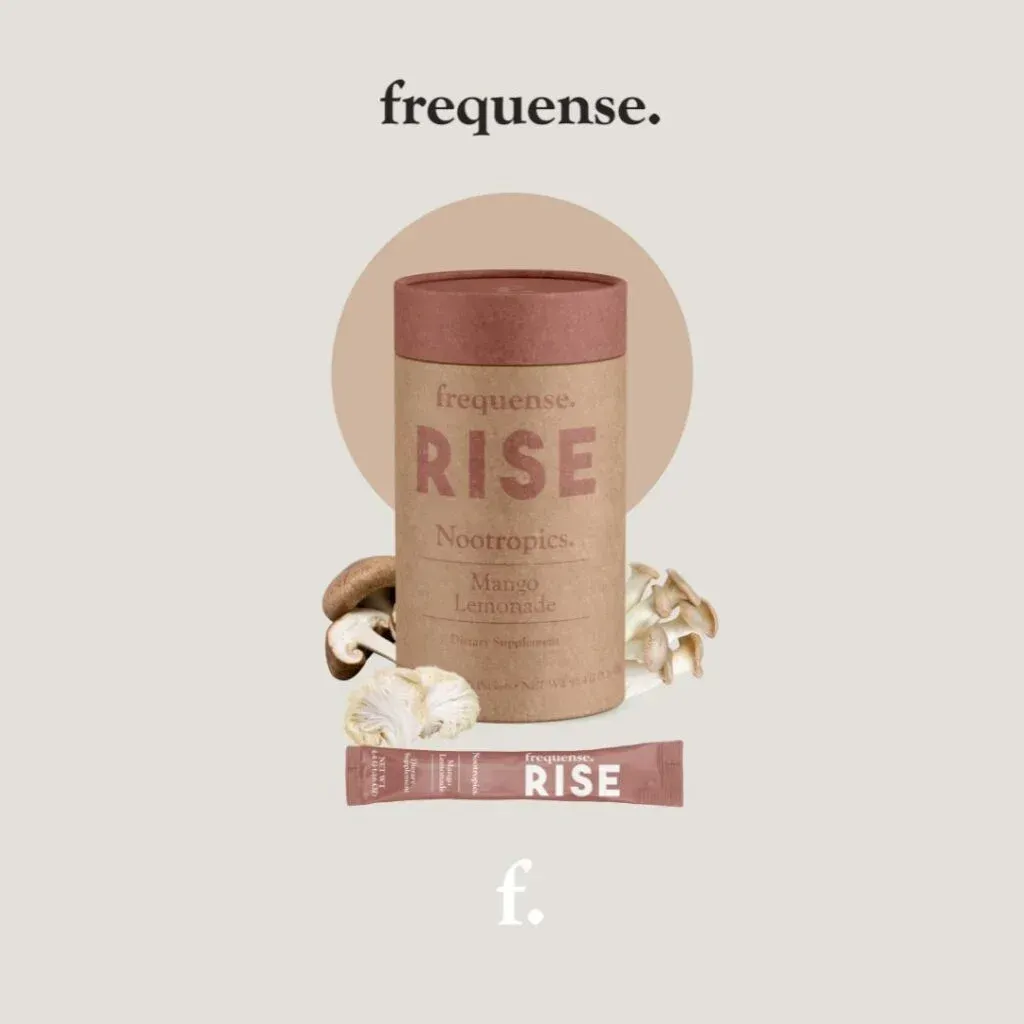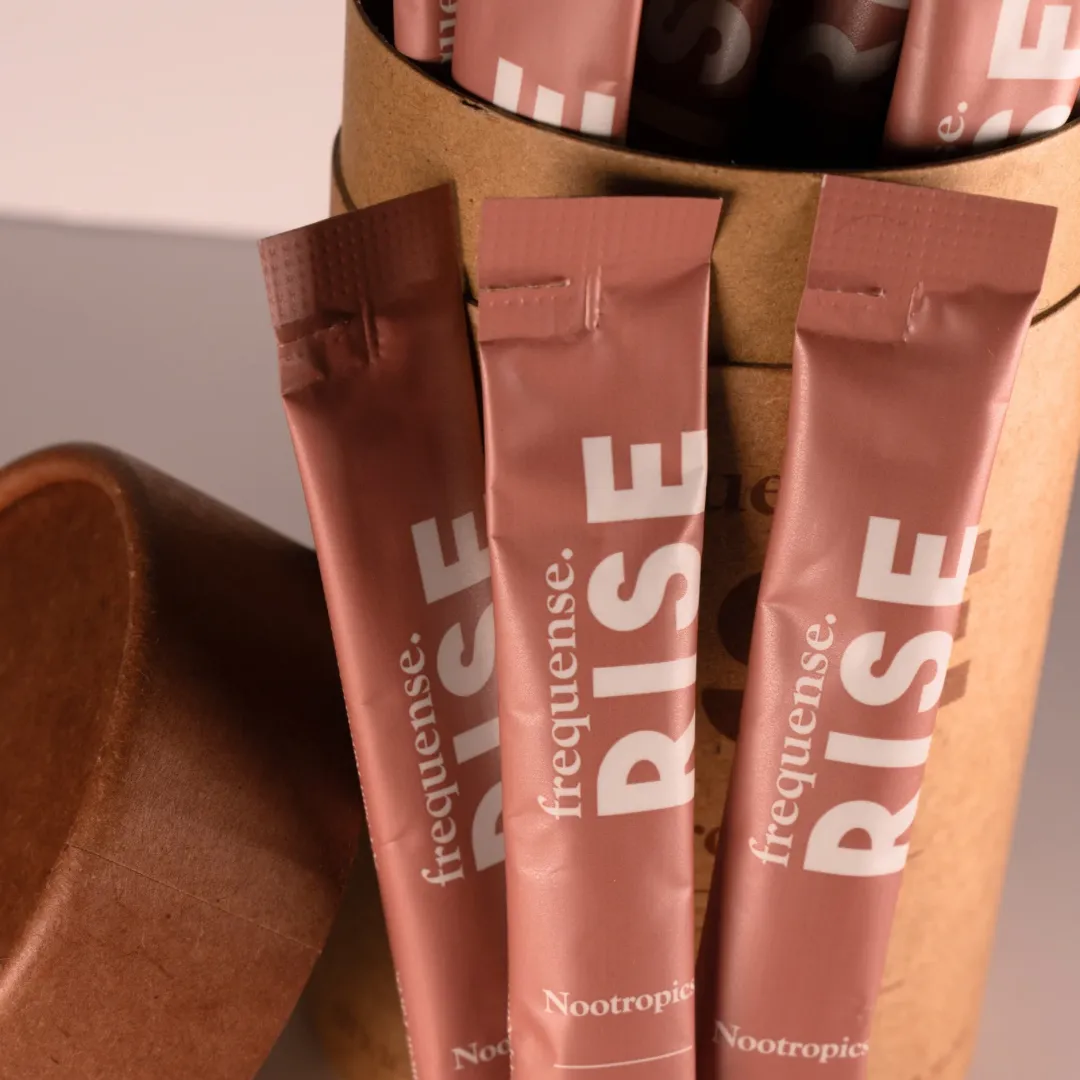
A new space for people to connect, heal, and grow together.

Where Conscious Living Meets Purpose and Joy
“Your energy introduces you before you speak - make it radiant.”
You have accomplished so much, but you want something deeper - a space where you can be yourself, find real support, and create meaningful change.
Now you have it.
Corporate Hippie Connection is your invitation to pause, breathe, and gather with kindred spirits. Step into a nurturing circle designed for those who want to thrive on their own terms.
“Every sunrise is a second chance to align with your truth.”
Why We Rise Together
We are more than a community. We are a circle of soulful changemakers united by a shared intention to lift each other higher. This is about living in alignment with heart, healing, and purpose.

Uplift & Expand
Receive wisdom and practices that raise your vibration and inspire positive change.

Belong with Heart
Experience true belonging in a safe space where your story matters.

Create Collective Impact
Together we amplify change, supporting causes that ripple out into the world.
Join us and thrive in a space where your growth matters and your presence makes a difference
"Conscious living isn’t a trend - it’s a daily choice.”
What You’ll Find Here
Private Community Space:
Connect with like-minded people who are on their own journeys of self-discovery, healing, and conscious living.
Soulmatic Renewal Journey:
Our signature 108-day group program opens soon, blending daily prompts, live sessions, and rituals for radical self-love.
Giving Back:
Every program supports causes that matter, from children’s education to wellness initiatives.
Gatherings & Retreats:
Join us at the Villa in Northern California for farm-to-table meals, music, tea ceremonies, and soul-nourishing experiences.

Join Kerry’s Free Masterclass
“The Conscious Shift: From Stress to Soulful Living”
You’ve been climbing the ladder, chasing deadlines, and doing all the things - but what if there’s a better way?
This masterclass is your invitation to:
✨ Step out of burnout and into balance
✨ Learn conscious tools that bring more peace, power, and purpose to your life
✨ Connect with a like-minded community of women rising together
It’s time to stop surviving and start thriving.
Reserve your spot today and be part of the shift.
“When you raise your vibration, you raise the world’s.”
Step Into Your Transformation
Your path to conscious living starts here. Explore experiences that inspire, connect, and renew.

Wellness Retreats
Our retreats blend healing practices, sacred spaces, and community connection to restore your body, mind, and spirit.

CHC Community Access
Your online circle for ongoing connection, support, and inspiration.

Inspired Learning
Access articles, teachings, and tools that guide you toward conscious living and purposeful action every day.
“You are allowed to rewrite your story at any time.”
Raising Vibration, Living with Purpose
Corporate Hippie Connection (CHC) is a conscious living community and production company led by a circle of powerful women who believe in the strength of mind, body, and soul. Here, positive empowerment and sustainable, organic living for humanity guide everything we do.
Through our original series, healthy products, shared knowledge, and the wisdom of our hosts and guests - from mastermind thinkers and doctors to healers, entrepreneurs, authors, artists, and seekers - we create a space for growth, inspiration, and connection.
Our focus is to help one another reach a higher vibration, to remind you of the universe that lives inside you, and to teach how to stay connected to your source of energy. Together, we change the stories and patterns that no longer serve us, creating space for a vibrant, joy-filled life.
“Your presence is the most valuable gift you can give.”
Stories, Insights, and Inspiration for Your Journey
Soulful stories and conscious living wisdom to guide your path.

THE BREAKTHROUGH YOU FEEL BREWING IS REAL
Sometimes the part of us that’s been small, curious, and full of wonder just wants to reach out and remind us who we’ve always been. Here I am with the little redhead version of myself, touching my pa... ...more
Organic Lifestyle
December 10, 2025•2 min read

The Harmonics of Healing: Raising Your Frequency Through Food
Discover how the food you eat can raise your vibration and restore balance to your body, mind, and spirit. Coach Michele Andrews explores the harmonics of healing through ancestral, high-vibration nut... ...more
Wellness
October 23, 2025•3 min read

Girl Code: When the Soul Calls, You Answer
When the soul calls, you answer. Girl Code is a story of sacred sisterhood, conscious living, and emotional healing, a reminder that true female empowerment begins with showing up for one another in l... ...more
Wellness ,Organic Lifestyle
October 14, 2025•2 min read

Be Careful How You Speak to Yourself
Your thoughts are more powerful than you realize. 🌿 The way you speak to yourself shapes your energy, your subconscious, and your reality. In this article, I explore mindful self-talk, conscious lang... ...more
Corporate Shift ,Wellness &Organic Lifestyle
October 08, 2025•2 min read

The Beauty of Imperfection: Why Your Flaws Make You Truly Radiant
Flaws aren’t failures—they’re where your beauty truly shines. This isn’t about perfection; it’s about being real, owning every scar, laugh line, and tender part of you. Let’s embrace who we are and ra... ...more
Beauty
September 15, 2025•2 min read

Breaking The Silence
Brain pain, addiction, and suicide are national crises. This article explores personal experience, current statistics, and practical steps for suicide prevention and mental health awareness. ...more
Wellness
September 10, 2025•7 min read
“Self-care is a revolution, not a luxury.”
The heart and vision behind Corporate Hippie Connection
Meet Kerry Romano Zall

Kerry has always walked the path between two worlds - the driven pace of business and the soulful call to live with purpose. After years in the corporate space, she realized that success without connection felt incomplete.
Corporate Hippie Connection was born from her desire to create a space where conscious living, authentic relationships, and meaningful impact can flourish side by side. Whether she is hosting gatherings at the Villa, guiding women through the Soulmatic Renewal Journey, or supporting causes that matter, Kerry leads with compassion, curiosity, and a belief that transformation is possible for everyone.
This isn’t just her work - it’s her way of life. And now, she’s inviting you to step into it with her.
“Peace is the new success.”
Watch, Listen, Learn, and Be Inspired
Explore our series of soulful conversations, herbal wisdom, and transformational journeys.
Each show is created to spark curiosity, deepen connection, and inspire conscious living in everyday life.

KerryTalk
Inspiring conversations with visionaries, healers, and everyday changemakers. Kerry dives deep into topics that nourish the mind, body, and spirit, offering fresh perspectives and practical wisdom you can carry into your own life.

Apothokerry
A journey into the magic and medicine of plants. From the power of sage to the secrets of herbal remedies, Kerry shares traditions, practices, and stories that connect us to the healing gifts of the earth.

Original Series
Transformations that go beyond the surface. This upcoming series follows real people on their journeys of self-discovery, empowerment, and conscious living. It’s about what happens when you say yes to change.











